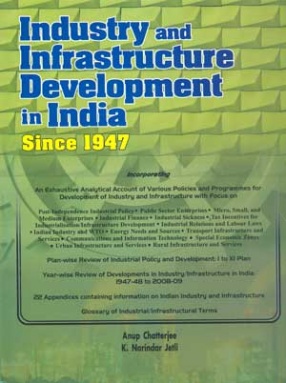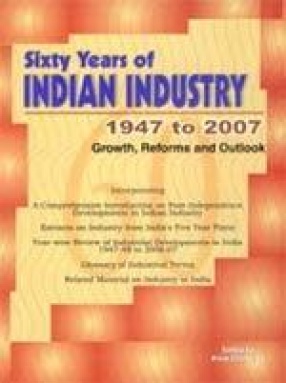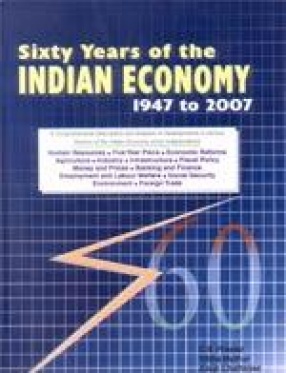
Anup Chatterjee

Showing all 6 books






Price stability and availability of sufficient credit for productive purposes have all along remained the twin objectives of monetary policy in India. The monetary policy reforms since 1991 have hinged on easing fiscal constraints. The first important step was introduction of an auction system for the Central Government’s market borrowings in June 1992. The enabled an increasing proportion of the fiscal deficit to be financed by borrowings at market-related ...

After 60 years of development efforts, India is presently one of world's fastest growing economics. In the last years, it has emerged as a global economic power, the leading outsourcing destination and a favourite of international investors. In India, the tilt towards economic liberalization started in 1985. When Government announced a series of measures aimed at deregulation and liberalization of industry. These measures, described as New Economic Policy, ...

India was a typical backward economy in terms of industrialization at the time of Independence in 1947. t his was the result of colonization and systematic exploitation of the Indian economy by the British during the 19th century and the first half of the 20th century. India’s development pattern during 1950-80 was characterized by strong centralized planning, Government ownership of basic and key industries, excessive regulation and control of private ...

At the time of independence in 1947, India was a typically backward economy. Owing to poor technological and scientific capabilities, industrialisation was limited and lopsided. Agricultural sector exhibited features of feudal and semi-feudal institutions, resulting into low productivity. Means of transport and communications were underdeveloped, educational and health facilities inadequate, and social security measures virtually non-existent. In brief, poverty ...
